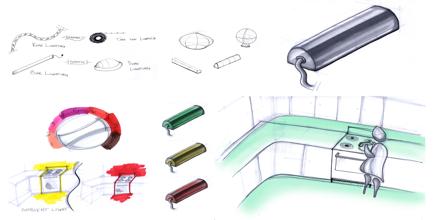Transgenerational Design is the design of products, workplaces, health care institutions, and residences so as to allow people to use them functionally regardless of the physical or sensory restrictions that they may develop as they age. It was coined in 1986, by Syracuse University industrial design professor James J. Pirkl to describe and identify products and environments that accommodate, and appeal to, the widest spectrum of those who would use them—the young, the old, the able, the disabled—without penalty to any group. It is intended to be sympathetic and enabling rather than hostile and disabling, but Pirkl describes transgenerational design as going a step further than providing mere “accessibility.”
Transgenerational Design
















